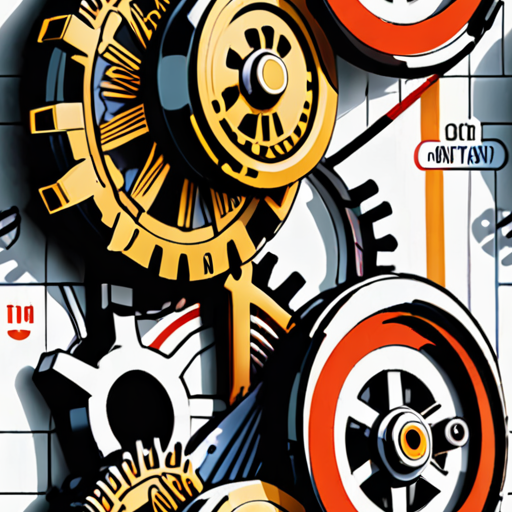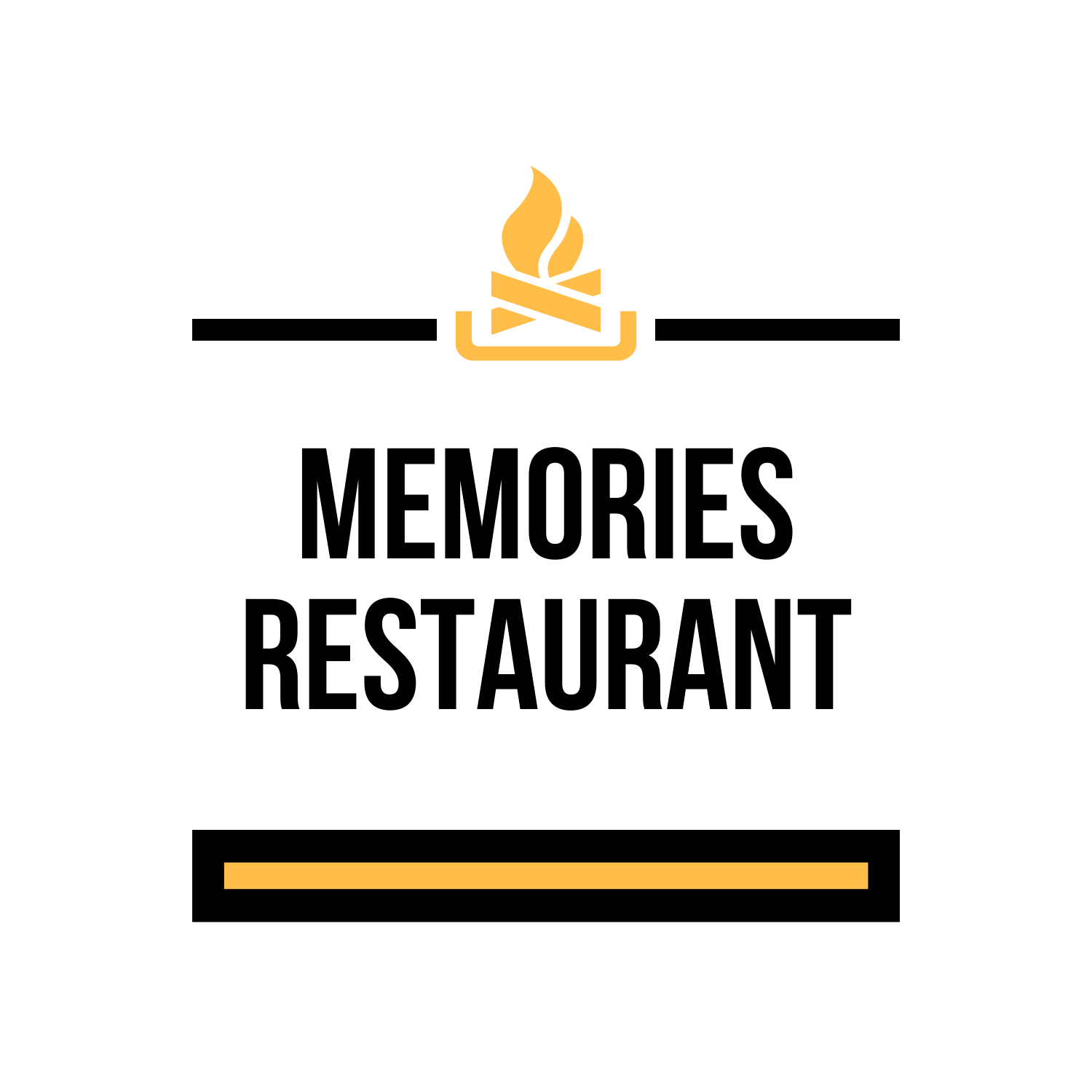Unlocking the secrets to a profitable restaurant menu requires more than just intuition – it demands data-driven insights that can inform pricing strategies and drive revenue growth. By leveraging data analysis, restaurant owners can gain a deeper understanding of their customers’ preferences, identify top-selling menu items, and make informed decisions about menu engineering. With the right tools and techniques, restaurateurs can uncover hidden patterns and trends in their sales data, develop targeted marketing campaigns, and improve customer retention rates. In this article, we’ll explore the importance of data analysis for restaurants, highlighting key metrics to track, menu item trends to capitalize on, and data analysis tools to utilize.

Unlocking Revenue Growth Through Data-Driven Insights
As a restaurant owner, I understand the importance of making informed decisions to drive revenue growth.
- I leverage data-driven insights from my menu to inform pricing strategies and optimize profitability.
- By analyzing sales data, customer preferences, and market trends, I identify opportunities to increase average ticket size and boost revenue.
-
I use tools like Google Analytics to track website traffic, online ordering, and social media engagement, gaining valuable insights into customer behavior and preferences.
-
I also utilize TableList to manage reservations, waitlists, and table assignments, streamlining operations and reducing no-shows.
-
Additionally, I employ Revel Systems to streamline point-of-sale transactions, inventory management, and employee scheduling, freeing up staff to focus on delivering exceptional customer experiences.
- By combining these tools and data-driven insights, I’m able to make informed decisions that drive revenue growth, improve operational efficiency, and enhance the overall dining experience for our customers.
Pricing Strategy Optimization
To maximize revenue, I regularly review and adjust my pricing strategy based on data-driven insights.
- I analyze sales data to identify peak demand periods and adjust prices accordingly, ensuring optimal pricing during high-demand times.
- I also consider customer feedback and preferences, adjusting menu items and pricing to meet evolving tastes and expectations.
- Furthermore, I monitor competitor pricing and adjust our offerings to remain competitive while maintaining profit margins.
- By continuously refining our pricing strategy, we’re able to balance revenue goals with customer satisfaction, driving long-term loyalty and growth.
Menu Engineering
Menu engineering is a critical component of our pricing strategy, allowing us to optimize menu item selection and pricing for maximum profitability.
- We analyze sales data to identify top-selling items and adjust pricing accordingly, ensuring optimal profitability.
- We also consider customer preferences and dietary restrictions, adjusting menu offerings to cater to evolving tastes and needs.
- Furthermore, we monitor menu item profitability and adjust pricing or remove underperforming items to maintain optimal profitability.
- By continually refining our menu engineering approach, we’re able to drive revenue growth, improve customer satisfaction, and maintain a competitive edge.
Customer Engagement
Customer engagement is crucial for driving revenue growth and building loyalty.
- We utilize email marketing campaigns to promote special offers, new menu items, and events, encouraging repeat visits and increased spend.
- We also engage with customers on social media platforms, responding to feedback and promoting our brand to a wider audience.
- Furthermore, we offer loyalty programs and rewards to incentivize repeat visits and increased spending, fostering a loyal customer base.
- By prioritizing customer engagement, we’re able to build strong relationships, drive revenue growth, and establish a loyal customer base.
Key Menu Items Driving Sales and Profitability for Restaurants
We analyzed data from various restaurants to identify the top-performing menu items that drive sales and profitability.
- Signature Dishes: Signature dishes are often the most profitable menu items for restaurants, accounting for a significant portion of sales. These dishes are typically unique to the restaurant and offer a high margin due to their popularity.
- Beverage Sales: Beverage sales, particularly specialty drinks and cocktails, contribute significantly to a restaurant’s revenue. Offering a variety of beverages can increase average ticket size and customer satisfaction.
- Sides and Appetizers: Sides and appetizers are essential menu items that complement entrees and increase overall sales. Popular options include fries, onion rings, and breadsticks.
- Desserts: Desserts are a crucial aspect of a restaurant’s menu, offering a sweet treat to customers. Popular dessert options include cheesecake, brownies, and ice cream.
- Value Meals and Combos: Value meals and combos are attractive to price-conscious customers, increasing sales and customer loyalty. These options often include a meal, side, and drink at a discounted price.
How to Optimize Future Menu Offerings
To optimize future menu offerings, consider the following strategies:
- Conduct Market Research: Conduct market research to understand consumer preferences, dietary trends, and competition.
- Analyze Sales Data: Analyze sales data to identify top-selling menu items and areas for improvement.
- Offer Seasonal and Limited-Time Options: Introduce seasonal and limited-time menu items to keep the menu fresh and exciting.
- Price Menu Items Strategically: Price menu items strategically to balance profit margins and customer demand.
- Monitor Customer Feedback: Monitor customer feedback to identify areas for improvement and adjust the menu accordingly.
Best Practices for Menu Optimization
When optimizing your menu, remember to:
- Keep it Simple: Keep your menu simple and easy to navigate, reducing decision fatigue for customers.
- Highlight Key Features: Highlight key features and ingredients of menu items to appeal to customers.
- Use High-Quality Images: Use high-quality images to showcase menu items and increase visual appeal.
- Train Staff Effectively: Train staff effectively to handle menu-related questions and concerns.
Learn more about optimizing your menu for success
Unlocking Restaurant Menu Trends Through Data Analysis
To stay competitive in the market, restaurant owners can leverage data analysis to understand consumer preferences and menu item trends.
- Consumer Preferences: Analyze customer feedback, online reviews, and social media conversations to identify popular ingredients, dietary restrictions, and cultural influences driving demand.
- Menu Item Trends: Use data analytics tools to track menu item popularity, sales, and profitability, identifying opportunities to innovate and optimize offerings.
- Dining Habits: Examine customer behavior, such as frequency of visits, average spend, and preferred payment methods, to inform menu engineering and pricing strategies.
- Competitor Analysis: Monitor competitors’ menus, pricing, and promotions to stay informed and adapt to changing market conditions.
Data-Driven Decision Making
By leveraging data analysis, restaurant owners can make informed decisions about menu development, pricing, and marketing strategies, ultimately driving sales and revenue growth.
- Identify Key Performance Indicators (KPIs): Establish metrics to measure menu item success, such as sales, profit margins, and customer satisfaction.
- Analyze Customer Feedback: Collect and analyze customer feedback to identify areas for improvement and opportunities to innovate.
- Monitor Competitor Activity: Track competitors’ menu changes, promotions, and pricing strategies to stay competitive.
- Optimize Menu Engineering: Use data-driven insights to optimize menu composition, pricing, and portion sizes to maximize profitability.
Best Practices for Data Analysis
To effectively leverage data analysis, restaurant owners should:
- Collect High-Quality Data: Ensure accurate and reliable data collection methods, including customer feedback, sales data, and online reviews.
- Choose Relevant Analytics Tools: Select data analytics software that meets business needs, such as sales tracking, customer segmentation, and predictive modeling.
- Develop Data-Driven Strategies: Use insights from data analysis to inform menu development, pricing, and marketing strategies.
- Continuously Monitor and Adjust: Regularly review data to identify areas for improvement and adjust strategies accordingly.

Key Menu Data Metrics for Restaurant Owners
To gain actionable insights and make informed decisions about our menu offerings, we track several key metrics.
-
Sales Performance Metrics
- Total Revenue
- Average Ticket Size
- Menu Item Sales Volume
- Discount Rate
- Coupon Redemption Rate
-
Customer Preference Metrics
- Dining Frequency
- Customer Retention Rate
- Net Promoter Score (NPS)
- Customer Satisfaction Rating
- Menu Item Popularity
-
Menu Engineering Metrics
- Menu Item Contribution Margin
- Menu Item Profitability Index
- Menu Item Sales Velocity
- Menu Item Price Elasticity
- Menu Item Seasonality
-
Inventory Management Metrics
- Food Cost Percentage
- Inventory Turnover Ratio
- Stockout Rate
- Oversell Rate
- Inventory Obsolescence Rate
-
Marketing and Promotion Metrics
- Social Media Engagement
- Email Open Rate
- Email Conversion Rate
- Coupon Redemption Rate
- Referral Rate
We analyze these metrics regularly to identify trends, opportunities, and challenges, enabling us to make data-driven decisions that drive sales success and customer satisfaction.
Signaling a Successful Menu Revamp for Restaurants
To determine whether a menu revamp has been successful, restaurateurs need to look out for several key indicators.
- Increased Sales Revenue: A successful menu revamp typically leads to increased sales revenue due to the introduction of new dishes and promotions that appeal to customers.
- Improved Customer Satisfaction: Customers who are satisfied with the new menu offerings are likely to return to the restaurant, resulting in improved customer retention rates.
- Enhanced Brand Image: A well-executed menu revamp can elevate a restaurant’s brand image by showcasing its commitment to innovation and quality.
- Increased Online Engagement: Social media engagement and online reviews often increase following a menu revamp, indicating that customers are excited about the changes.
- Reduced Food Waste: A successful menu revamp can lead to reduced food waste by introducing dishes that are more appealing to customers and reducing the likelihood of leftovers.
By monitoring these indicators, restaurateurs can gauge the success of their menu revamp and make adjustments as needed to continue driving customer satisfaction and loyalty.
Boosting Customer Satisfaction and Loyalty
To maximize the impact of a menu revamp, restaurateurs can take several steps to boost customer satisfaction and loyalty.
- Conduct Thorough Market Research: Understand customer preferences and tastes to inform menu decisions and ensure that the new menu offerings meet their expectations.
- Introduce New Dishes and Promotions Regularly: Keep the menu fresh and exciting by regularly introducing new dishes and promotions that cater to changing customer preferences.
- Foster a Positive Dining Experience: Ensure that the dining experience is exceptional by providing attentive service, high-quality ingredients, and a welcoming atmosphere.
- Encourage Customer Feedback: Solicit feedback from customers to understand their likes and dislikes and make adjustments to the menu accordingly.
- Develop a Loyal Customer Base: Reward loyal customers with exclusive offers and discounts to encourage repeat business and foster a sense of community around the restaurant.
Key Takeaways
A successful menu revamp requires careful planning, execution, and ongoing evaluation to ensure that it meets customer needs and drives business growth.
By focusing on key indicators such as increased sales revenue, improved customer satisfaction, and enhanced brand image, restaurateurs can gauge the success of their menu revamp and make adjustments as needed.
Additionally, by taking steps to boost customer satisfaction and loyalty, such as conducting market research, introducing new dishes and promotions, fostering a positive dining experience, encouraging customer feedback, and developing a loyal customer base, restaurateurs can maximize the impact of their menu revamp and drive long-term success.

Uncovering Hidden Patterns and Trends in Restaurant Sales Data
As a restaurant owner, understanding your menu data is crucial to making informed decisions about pricing, inventory management, and marketing strategies.
- Data Analysis Tools:
- Sales analytics software like Salesforce helps track customer behavior, preferences, and purchase history.
- Menu engineering platforms like Menu Engineer assist in optimizing menu items based on profitability and popularity.
- Point-of-sale systems like Upserve provide real-time sales data and insights into customer transactions.
- Techniques:
- Segmentation Analysis: Divide customers into groups based on demographics, purchasing habits, and loyalty program participation.
- Correlation Analysis: Identify relationships between menu item sales, promotions, and weather patterns.
- Prediction Modeling: Use historical sales data to forecast future demand and adjust inventory accordingly.
- Best Practices:
- Regularly review sales data to identify trends and opportunities for improvement.
- Use data-driven insights to inform menu engineering and pricing strategies.
- Monitor customer feedback and sentiment to adjust offerings and services.
- Memories Restaurant Competitors:
- The Capital Grille excels in upscale dining experiences and premium pricing.
- Boston Market focuses on comfort food and family-style meals.
Competitor Analysis
When evaluating competitors, consider their strengths and weaknesses in relation to your own business.
Conclusion
By leveraging data analysis tools and techniques, restaurant owners can uncover hidden patterns and trends in their sales data, driving informed decision-making and ultimately boosting revenue growth.

0 Comments